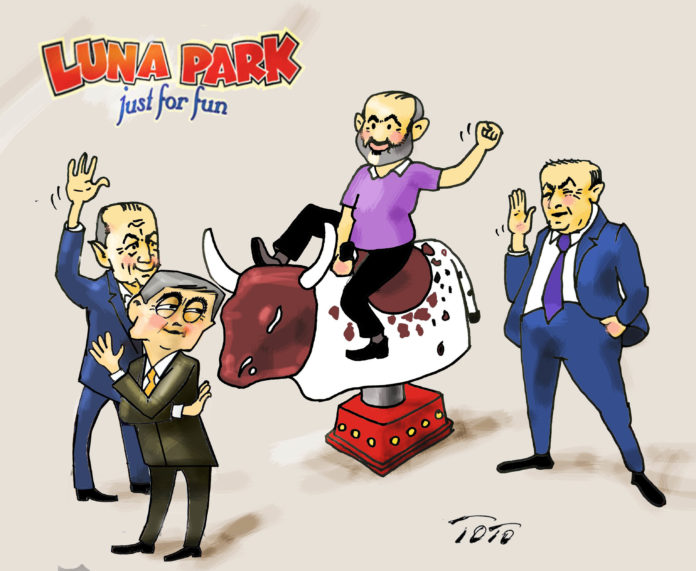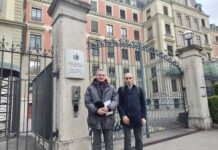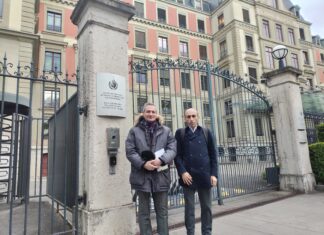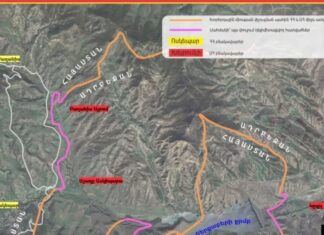During the last six centuries, the concept and reality of a homeland have been lost and found, yet Armenians have survived after losing their homeland and have struggled to recover it from the ashes of history.
Today, as we celebrate the 29th anniversary of Armenian independence, we face an ironic situation; while Prime Minister Nikol Pashinyan is mapping a plan for Armenia’s future, the year 2050 to be exact, President Ilham Aliyev of Azerbaijan is dreaming of absorbing the present territory of Armenia into his own country. How history can reconcile these two opposing concepts is anyone’s guess.
It is not a new phenomenon for Armenians to lose their homeland, but this time around, the prospect of losing is far from their minds. Instead, based on the current reality, Armenians are determined to maintain the recovered territory of Karabakh and aspire even to restore, one day, the lands prescribed by the Treaty of Sèvres.
On September 21, marking the 29th anniversary of Armenia’s independence, Pashinyan detailed his overarching plan for how he envisions Armenia in 2050; a projection for the next 30 years.
“These are ambitions based on the future, but not predictable commitments and plans. Thus, we formulate our ambitions, which can be called unofficially as dreams,” he said.
Armenia is located in a geographic area where wars, earthquakes and clashes of civilizations are not uncommon. In order to achieve such a mega-plan, all predictable factors need to be considered.










